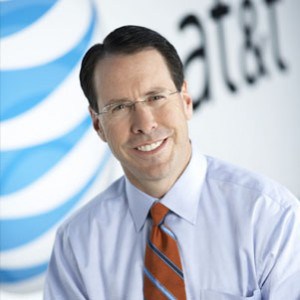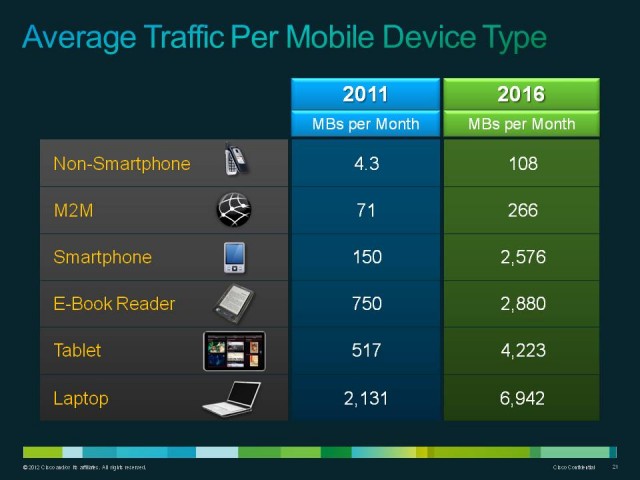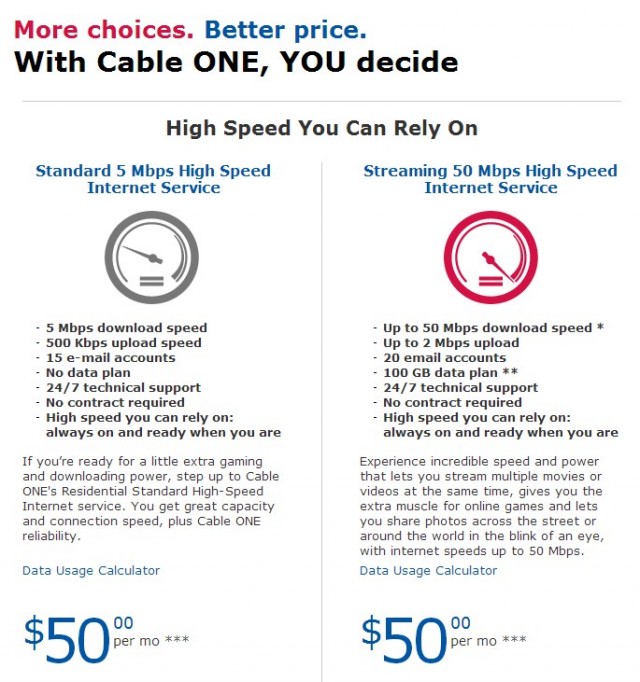 AT&T says government regulations have hampered the company’s plans to roll out faster broadband networks to areas where consumers and businesses want faster speeds.
AT&T says government regulations have hampered the company’s plans to roll out faster broadband networks to areas where consumers and businesses want faster speeds.
Now that Google has gotten permission to roll out its gigabit fiber network only to neighborhoods that show an interest in the service, AT&T says it should be allowed to operate the same way.
CEO Randall Stephenson told investors at a J.P. Morgan investor conference in Boston that AT&T would like to build fiber networks, but government requirements that it offer the service universally across the communities it serves has made such networks financially unprofitable. Eliminating those rules would create a new incentive for fiber upgrades in areas that want them.
“I think you are going to see that begin to manifest itself around the United States, and in not just AT&T and Google,” Stephenson said. “You will see others doing this because the demand for really high-speed broadband via gigabit-type fiber-based solutions on a targeted basis is going to be very, very high.”
AT&T says Google has already changed how future broadband networks are deployed — only to areas where there is enough demand for the service. Google’s entry into Kansas City came with a pre-registration procedure that allowed the company to gauge demand for its fiber network. The neighborhoods expressing the most interest were given priority during the network buildout. Google also won the right to entirely bypass neighborhoods where an insufficient number of residents expressed interest in the service.

Stephenson
Traditionally, cable and phone companies constructing networks like FiOS, U-verse, and similar fiber deployments are required to offer service throughout each community. The only general exception relates to sparsely populated or very high cost areas that have an insufficient number of potential customers, making return on investment difficult. Google can bypass even the most densely populated sections of downtown Kansas City if there is insufficient demand for its service. Cable and phone providers who attempted this in the past would have been accused of “redlining” — singling out only the most lucrative, affluent service areas while bypassing low-income neighborhoods.
Now AT&T hopes Google has established a precedent it can use to cherry-pick network upgrades of its own.
“The key is being able to do it in places where you know there is going to be high demand and people willing to pay the premium for those type services,” Stephenson said, predicting in some parts of Austin, AT&T could achieve a 35 percent market share for its promised fiber network.
Stephenson also suggested an unlikely new source of money to finance fiber upgrades — content producers and applications developers who need faster networks to support sales of their online products and services. That would shift the economics of faster broadband to an entire new model — broadband providers may decide their current networks are fast enough and might avoid upgrading them without some financial compensation from the websites and content producers customers visit.


 Subscribe
Subscribe



 The company is mailing letters to affected television subscribers advising them to get a Time Warner Cable DVR, traditional set-top box, CableCARD or Digital Adapter (DTA). For secondary televisions, Time Warner’s new DTA for downstate New York is the Cisco DTA 170HD, which supports both High Definition and Standard Definition channels and digital-only QAM tuning up to 1GHz. This model is also capable of providing HD premium channels, which are currently not available to customers with earlier generation DTAs. It is unknown if Time Warner will support that functionality.
The company is mailing letters to affected television subscribers advising them to get a Time Warner Cable DVR, traditional set-top box, CableCARD or Digital Adapter (DTA). For secondary televisions, Time Warner’s new DTA for downstate New York is the Cisco DTA 170HD, which supports both High Definition and Standard Definition channels and digital-only QAM tuning up to 1GHz. This model is also capable of providing HD premium channels, which are currently not available to customers with earlier generation DTAs. It is unknown if Time Warner will support that functionality.
 Cable One has announced it will invest $60 million in network upgrades across 42 cable systems in its mostly rural footprint to enhance reliability and deliver faster Internet service.
Cable One has announced it will invest $60 million in network upgrades across 42 cable systems in its mostly rural footprint to enhance reliability and deliver faster Internet service.
